Hey there, garden enthusiasts! Summer is right around the corner and this is the time to add some color and vibrancy to your outdoor space with flowering plants. Not only do they add beauty to your garden, but they also have a lot of importance in the ecosystem. They attract bees and other pollinators, which are crucial for the growth and reproduction of other plants. But, if your outdoor plants aren't blooming, don't worry! Here are a few tips to make your outdoor plants flower this summer.
Tips to Make Outdoor Plants Flower This Summer
Choose the Right Plants | Provide Adequate Water | Fertilize Regularly | Provide Adequate Sunlight | Deadhead Spent Blooms | Control Pests and Diseases | Planter Recommendations
Choose the Right Plants

Also, keep in mind the amount of sunlight your garden receives. Some plants, such as sunflowers and marigolds, require full sun to thrive and produce abundant blooms. Others, like impatiens and begonias, prefer more shade and can burn if exposed to too much direct sunlight. Be sure to check the recommended light requirements for any plants you're considering and choose ones that will be happy in the conditions of your garden.
There are many beautiful options to choose from to make your garden bloom. Marigolds are a classic choice that add a cheerful burst of orange or yellow to any garden, and they're easy to grow from seed. Petunias come in a variety of colors and are great for hanging baskets or planters. Zinnias are hardy and low-maintenance, and their bright, daisy-like blooms are a favorite of butterflies and bees. And of course, sunflowers are a show-stopping addition to any garden with their towering stems and massive, sunny blooms.
(back to top)
Provide Adequate Water

To help your plants bloom to their fullest potential, regular watering your plant pots is of the utmost importance! Plants need plenty of moisture to produce flowers, so be sure to water them deeply and frequently during the summer months. Water them every day or once in two days.
When watering your outdoor plants, there are a few tips to keep in mind to ensure that they get the right amount of moisture. One key tip is to water early in the morning or late in the evening when the temperatures are cooler and there's less chance of evaporation. This will allow the water to soak in deeply and hydrate the roots. You will want to water at the base of the plant, rather than from above, to avoid wetting the foliage and potentially causing fungal diseases. Be sure to adjust your watering schedule based on the weather conditions. If it's particularly hot and dry, you may need to water more frequently, while cooler, rainy periods may require less watering.
(back to top)
Fertilize Regularly

Fertilizers are essential for providing plants with the nutrients they need to thrive and produce flowers. They contain a mix of nitrogen, phosphorus, and potassium, which are the key nutrients that plants need to grow strong roots, stems, and leaves, and to produce vibrant blooms.
Consider the type of plants you're growing and their specific nutrient requirements. For example, flowering plants like roses and petunias require more phosphorus to produce blooms, while leafy greens like spinach and lettuce need more nitrogen to grow strong foliage. You can find fertilizers that are specifically formulated for different types of plants or opt for a balanced fertilizer that contains equal amounts of nitrogen, phosphorus, and potassium.
When it comes to applying fertilizers, there are a few tips to keep in mind to ensure that your plants get the nutrients they need without getting burned. One essential tip is to follow the instructions on the package carefully and apply the fertilizer at the recommended rate. Over-fertilizing can lead to burned roots and foliage, while under-fertilizing can lead to stunted growth and poor blooming. It's also important to apply the fertilizer evenly around the base of the plant and water it in thoroughly to help the nutrients soak into the soil.
Too much heat can result in stressed-out plants, in which case, fertilization has to be avoided. If you wish to cool your plants, add some good quality mulch to shield their bases from the harsh sun. Mulch also has the added benefit of smothering existing weeds and preventing new weed growth.
(back to top)
Provide Adequate Sunlight

When choosing a location for your outdoor plants, check out the amount of sunlight that your chosen area receives throughout the day. Plants like roses and sunflowers, require full sun to produce vibrant blooms, while others, like geraniums and impatiens, prefer more shade. So don’t forget to do your research before planting these beauties.
(back to top)
Deadhead Spent Blooms

Deadheading is the process of removing spent flowers from plants, which helps to encourage new growth and more blooms.
This helps to keep your plants looking neat and tidy by removing unsightly dead or wilted flowers. But more importantly, it encourages the plant to put its energy into producing new growth and blooms, rather than producing seeds from spent flowers.
The key is to remove the spent flowers before they start to produce seeds, as this signals to the plant that it should produce more blooms. Use a sharp pair of scissors or pruning shears to cut the spent flower stem back to just above the next set of healthy leaves or buds. This will help to promote new growth and prevent the plant from becoming too leggy or spindly.
(back to top)
Control Pests and Diseases

Some of the most common pests that affect outdoor plants include aphids, spider mites, and whiteflies, while diseases like powdery mildew and blight can also be a problem.
Preventing and controlling pest and disease infestations is crucial if you want your outdoor plants to thrive and produce beautiful blooms all summer long. One of the best ways to prevent infestations is to keep your plants healthy, clean and well-maintained.
To prevent diseases such as black spot and powdery mildew it's important to ensure that they are positioned in a way that allows for proper air circulation. When plants are too crowded, they create an environment that traps moisture, which can provide a breeding ground for disease. To avoid this, make sure that your plants have enough space between them and are not positioned in areas where air circulation is poor. Be careful with watering and avoid watering at night or from above the plant. Opt for hand watering or a gentle drip system to keep your plants healthy and free from disease.
If you're still grappling with plant diseases, you could consider using environmentally friendly solutions such as neem oil or insecticidal soap. Neem oil is a highly effective organic insecticide that has been traditionally used to treat common plant diseases and control pests. Unlike other insecticides or pesticides, it does not harm pollinators like bees, butterflies, and ladybugs as they don't consume it. It is also useful in preventing a variety of plant diseases, including black spot, rust, and powdery mildew.
With these tips and tricks, you can turn your outdoor space into a stunning floral wonderland! By providing your plants with regular watering, the right amount of sunlight, and proper fertilization, you can help them produce abundant blooms all summer long while keeping your plants looking healthy and vibrant. Intrigued? Start your own flowering garden today!
(back to top)
Planters recommended for your Plants
Discover more planters for your Plants

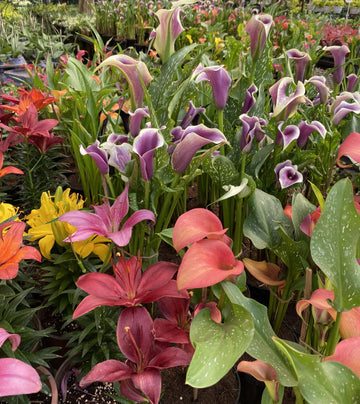
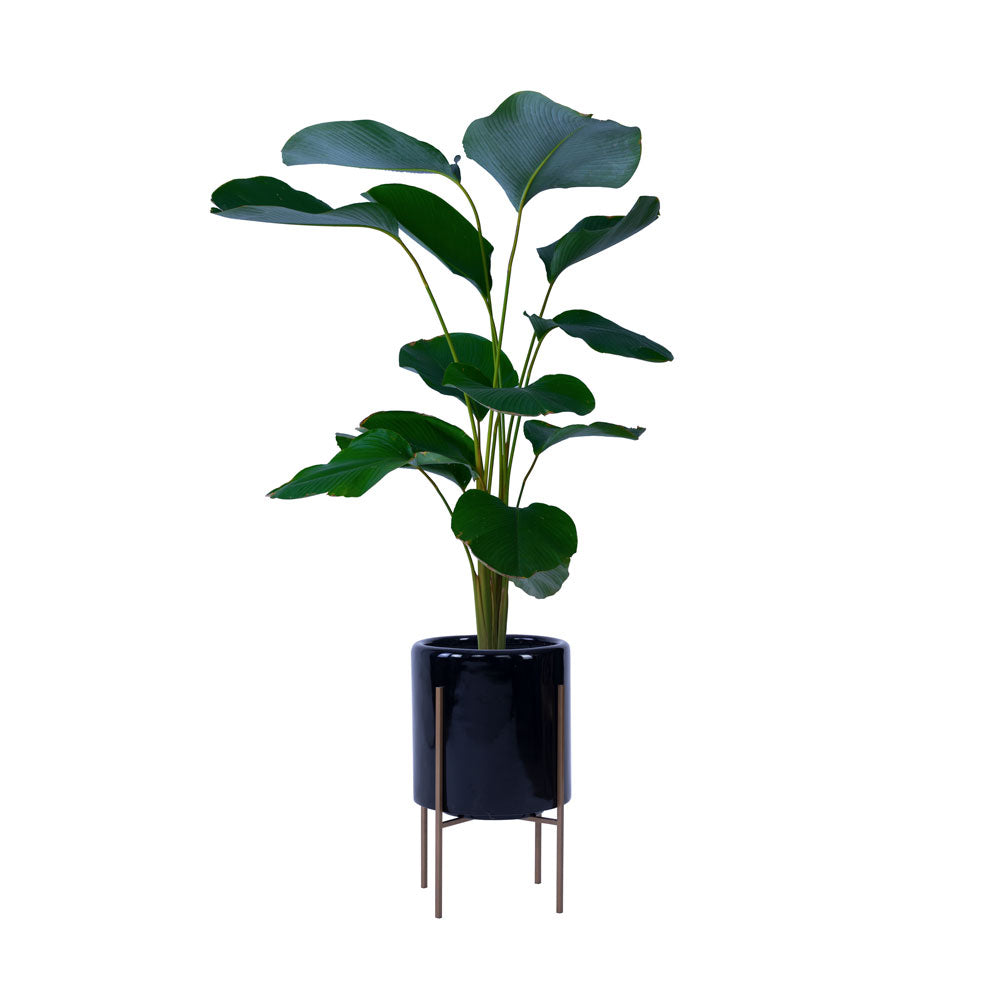
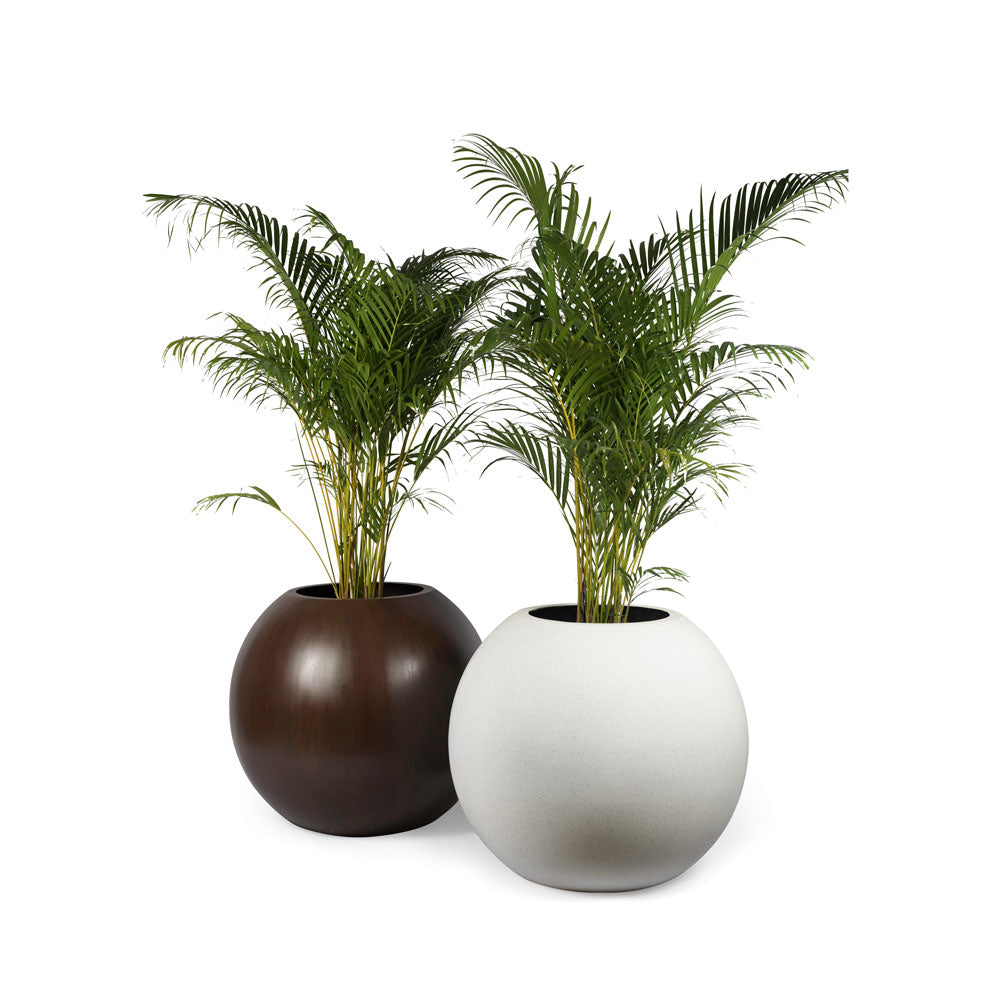

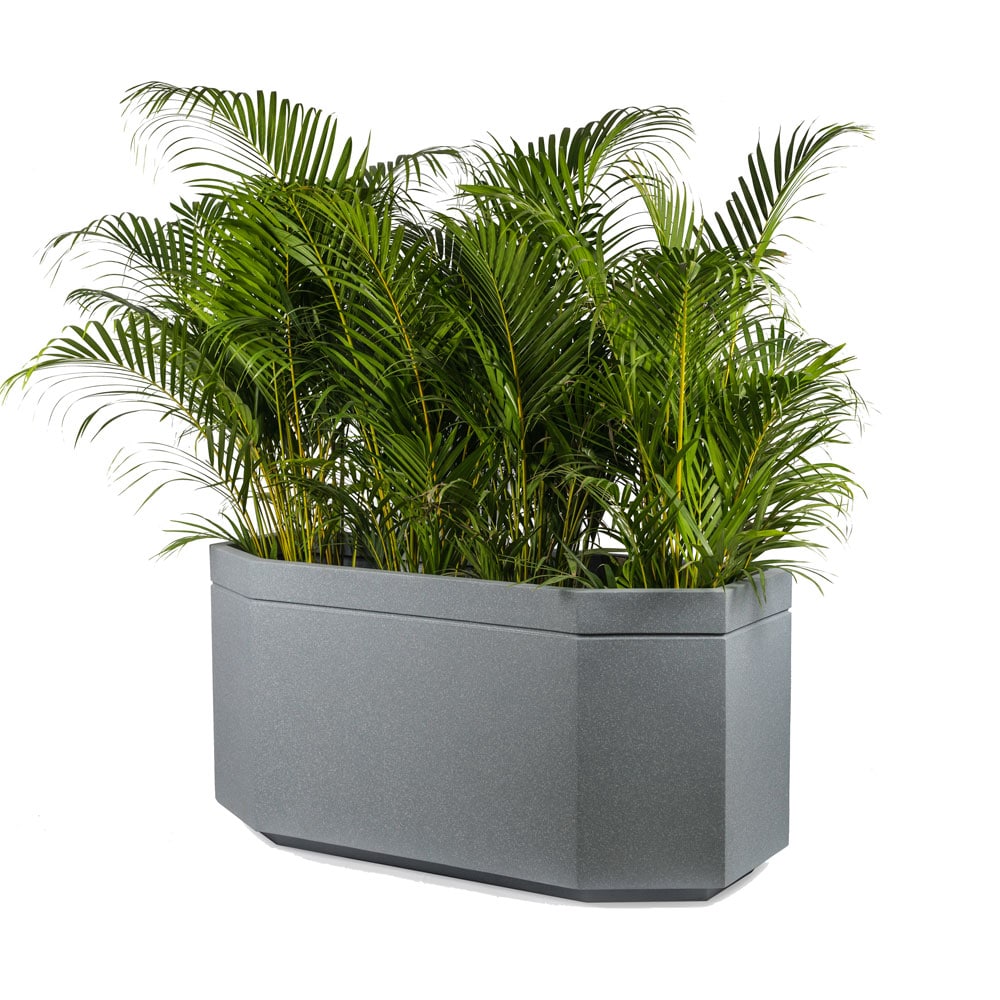

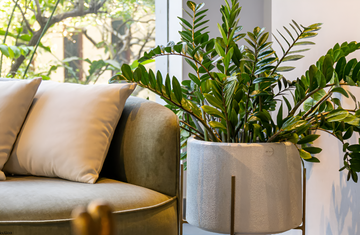


 At Palasa, we believe in the seamless fusion of nature, design and humanity.
At Palasa, we believe in the seamless fusion of nature, design and humanity.